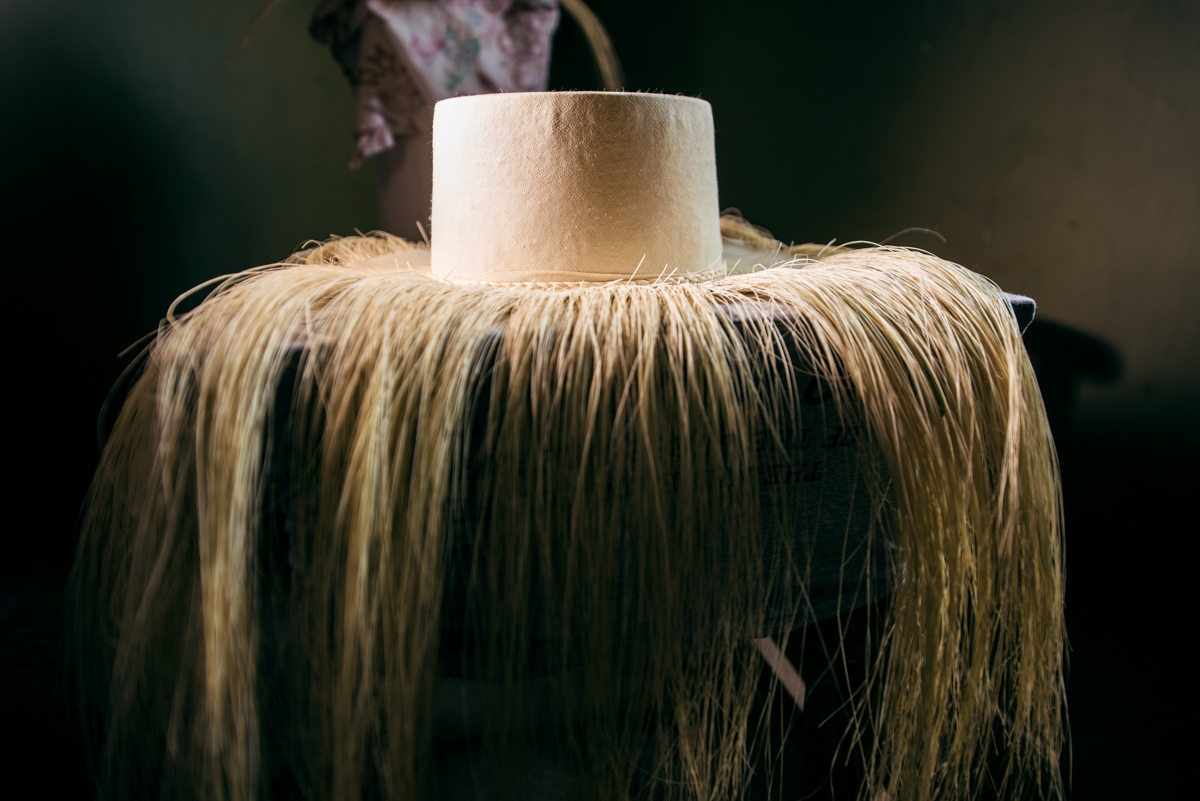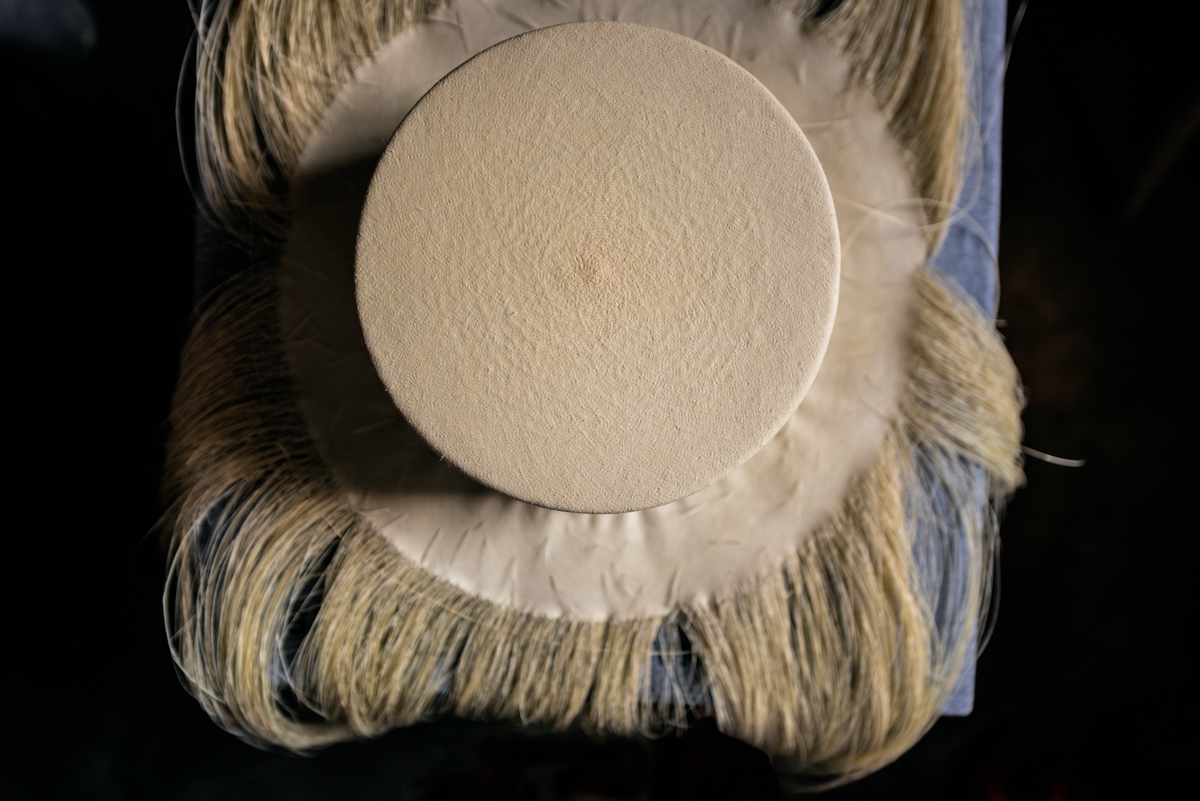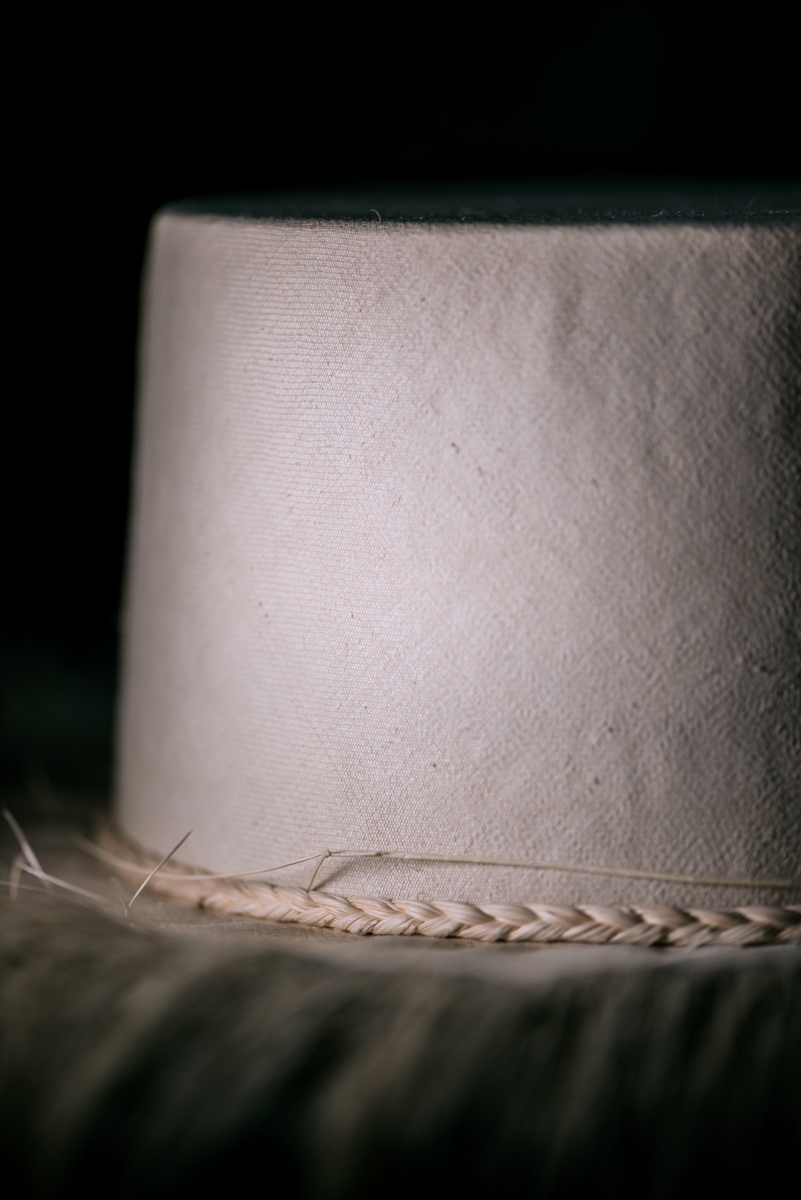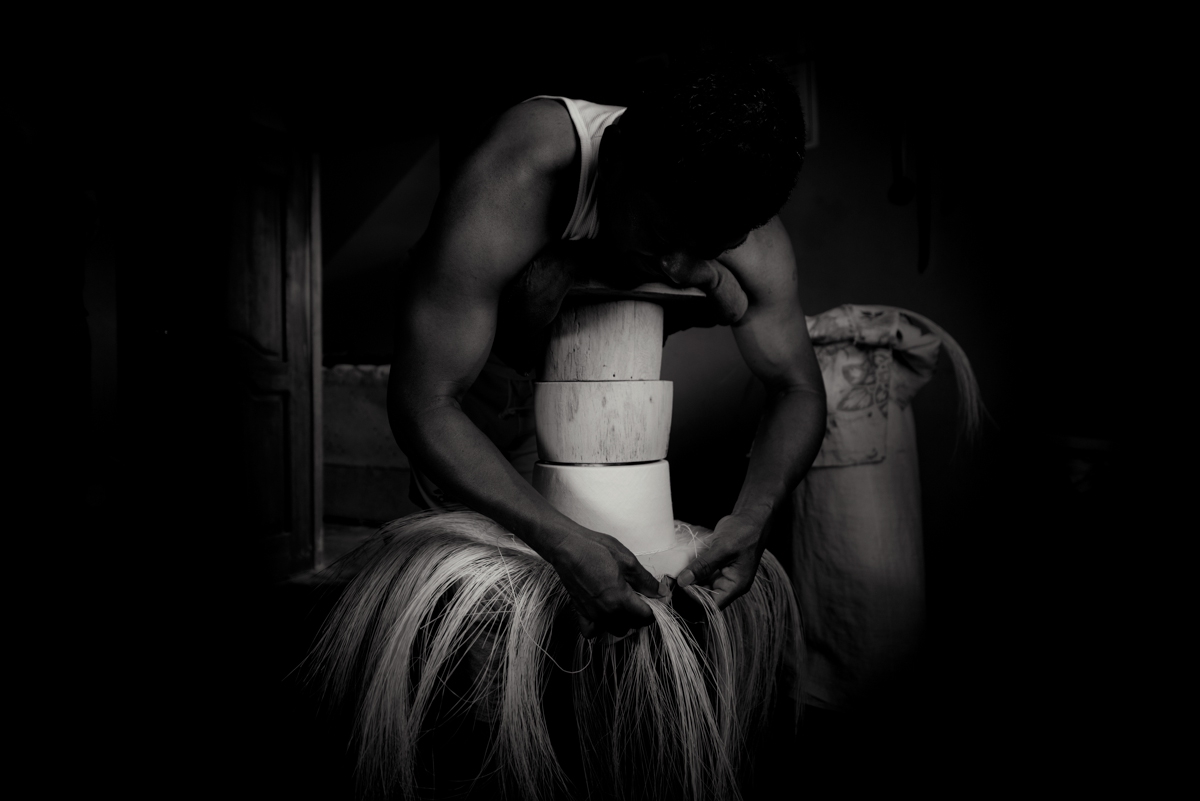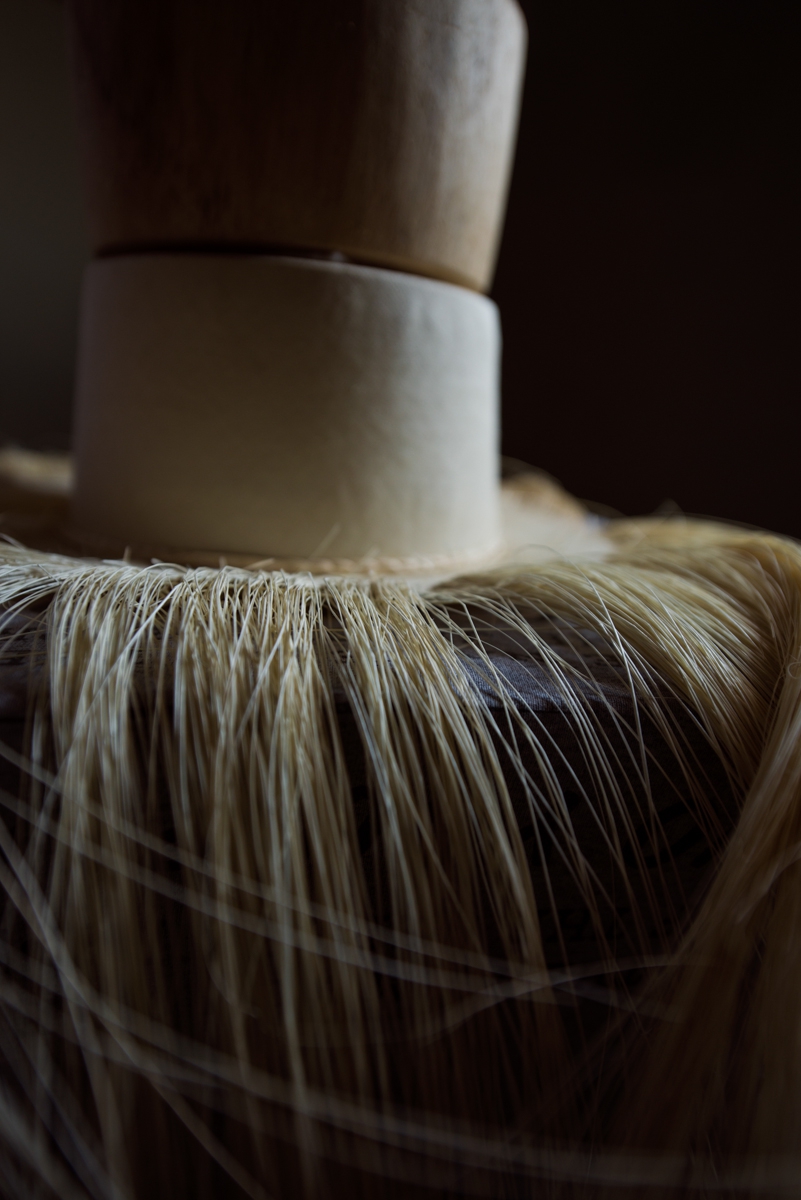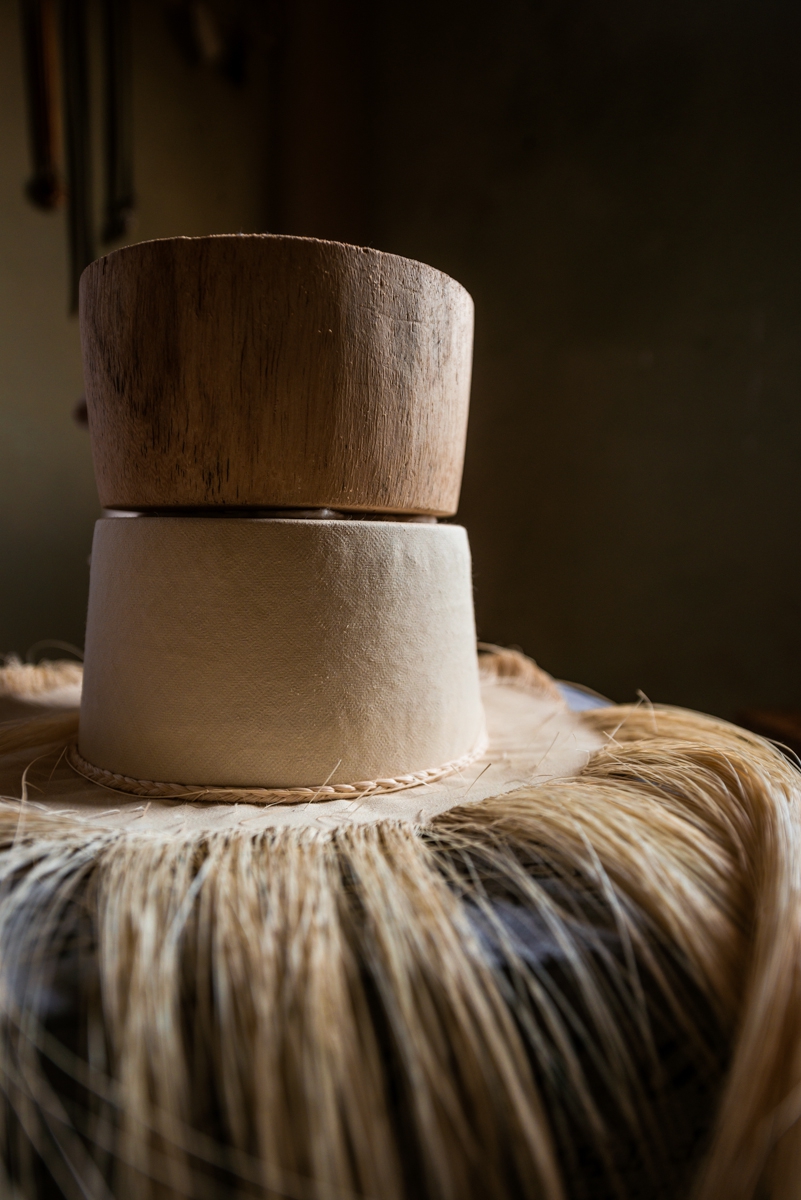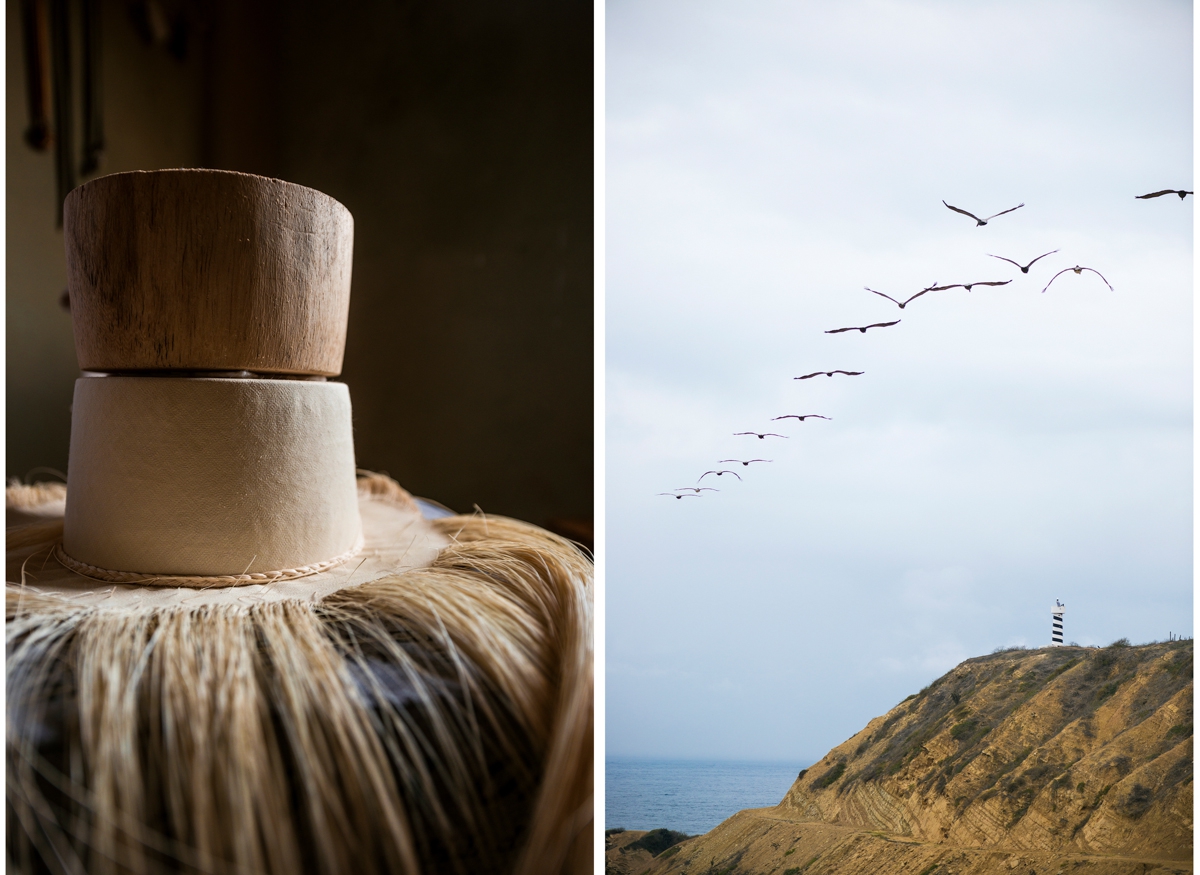The place and history behind the “Panama” hat:
Pile is a village with no more than 1000 inhabitants. Located 10 minutes from the Pacific Ocean in the Ecuadorian province of Manabí; the streets of Pile are made of dust and is almost impossible to have signal on your cellphone unless you go to the center of the town, walk around the church and hope fortune smiles on you.
The fine Toquilla straw or “Jipijapa” hat, Ecuadorian handcrafted jewel, is associated with the cultural heritage of Manabi and is part of its identity. References to its existence are found in the prehistory of several cultures that settled in Manabi since 3500 BC. mainly by the “Valdivia” and “Chorrera” Cultures.
At the end of the seventeenth century, the conquerors began trading the Toquilla straw hat with Europe; consequently, with the trading of the Toquilla straw (plant) in the first years of the XIX century, towards markets of Peru and Colombia, the artisans from those places accomplish great production scales; of course, without maintaining the same quality that the creators from Pile had achieved.
“Panama hat” produced in Ecuador?
Its glory is evidenced in the era of the gold rush in California and the construction of the Panama Canal.
There are at some versions about of how it went from being called “Jipijapa” or “toquilla straw hat” to “Panama hat”.
The most popular tale (but proven to be untrue) is linked to the ex US president Roosevelt. He arrived to Panama on 1906; the reason for his visit was to check the construction of the Panama canal. As it was the first time a U.S. president had traveled abroad during his term (and not by the end of it), this happening got full press coverage. Dressed all in white and with a fancy Jipijapa hat on his head, people start talking about the presidents hat and began calling it “Panama hat”.
The most realistic and logic story about is that by the California gold rush time, the fastest and safest way to travel from the east to the west coast was taking a ship to Panama, cut across the isthmus, and get another ship on the other side. By that time, Panama was already a busy place where commerce was concentrated and used to be part of what is now Colombia, at that time called “Nueva Granada”. Because of the proximity with the neighbor country, business people started selling “Montecristi hats” to travellers on their way or way back to the gold fields in California. The hat was perfect to relax on summer sunny days in California; when people asked, “Where did you get it?” the response was “Panama”.
The art of making it..
(on the pictures you will see “Don Simon”, he is known as the best weaver alive. The hat you see in the pictures is worth 25.000 USD)
The fineness of the hat is measured in degrees, the greater the fineness, the greater the degree, and the greater its commercial value.
Most of the times, people are surprised by the price of Montecristi hats but when they touch them, they get even more surprised because it feels like silk.
To produce a fine hat, artisans take up to 15 days, between drying and cracking the straw. In the village of Pile there are two families dedicated to providing straw but some of them, usually the most experimented weavers prefer to go directly to the mountain two hours from the village, select and cut the straw by themselves.
If they knit fast, the hat would lose its quality. It is much better to weave it slowly, selecting the straw, between the white and yellow straw.
For the top of cup, the flat part, they can take from one week up to two months, before going down for the rest of the cup. For this section they can be seated on a chair while weaving. After this part, they have to bent over the hat pressing down with the chest, working from 6 to 8 hours per day (on the same position), depending on the quality, they will be weaving the master piece for at least three weeks and up to 6 months.
If the day is very sunny, the humidity is probably not adequate. The straw could break and damage the work of the master, for that reason they prefer to work at dawn or after lunch time.
The Currently situation...
The weaving of the fine “Toquilla” hat is recognized by UNESCO as Intangible Cultural Heritage of Humanity.
Toquilla hats from Ecuador are exported mainly to Italy (31%), France, Spain, United Kingdom (9.1%), USA. (20.5%); and the remaining 39.4% goes to other countries such as Brazil, Argentina, and Japan.
Currently it is an accessory that symbolizes status, it maintains its reputation despite directly rivaling massive productions of hats of much inferior quality, but through certain techniques of application are sold as fine Toquilla straw hats from other parts of Ecuador and other countries legatees to this craft.
The sad part of the story…
It's difficult to imagine a jewelry store that denotes poverty, Pile is the first one I saw 3 years ago when I went for the first time, a very poor one.
The young people of the village are no longer interested in weaving. They spend months to produce a hat that eventually ends up selling at a very low price to some tourists. Instead, they prefer to go for the big city life where they will have more opportunities or at least complete studies.
The economy of the people from the village is made up of the hats they can sell, most of them are losing the interest of weaving fine, as they said, they work for 3 – 4 months to end up selling a hat in 400$ – 500$. Don Simon partner up with an old business man from USA, but they'll barely sell a hat a year.
As a poor village; they depend on the promises of governments, but reality is clear to the eyes, they are forgotten and this art is doomed to disappear in some decades.
Thanks Fabio for publishing this article about Montecristi hats on your webpage. I appreciate it as Ecuadorian. This makes me proud about our ancestors, our identity, our history covered by dust and art. Motivates me even more as an entrepreneur to take them back from oblivion and let the world know about the value of the artisans.
Words by David Raue, Photos by Ila Coronel



